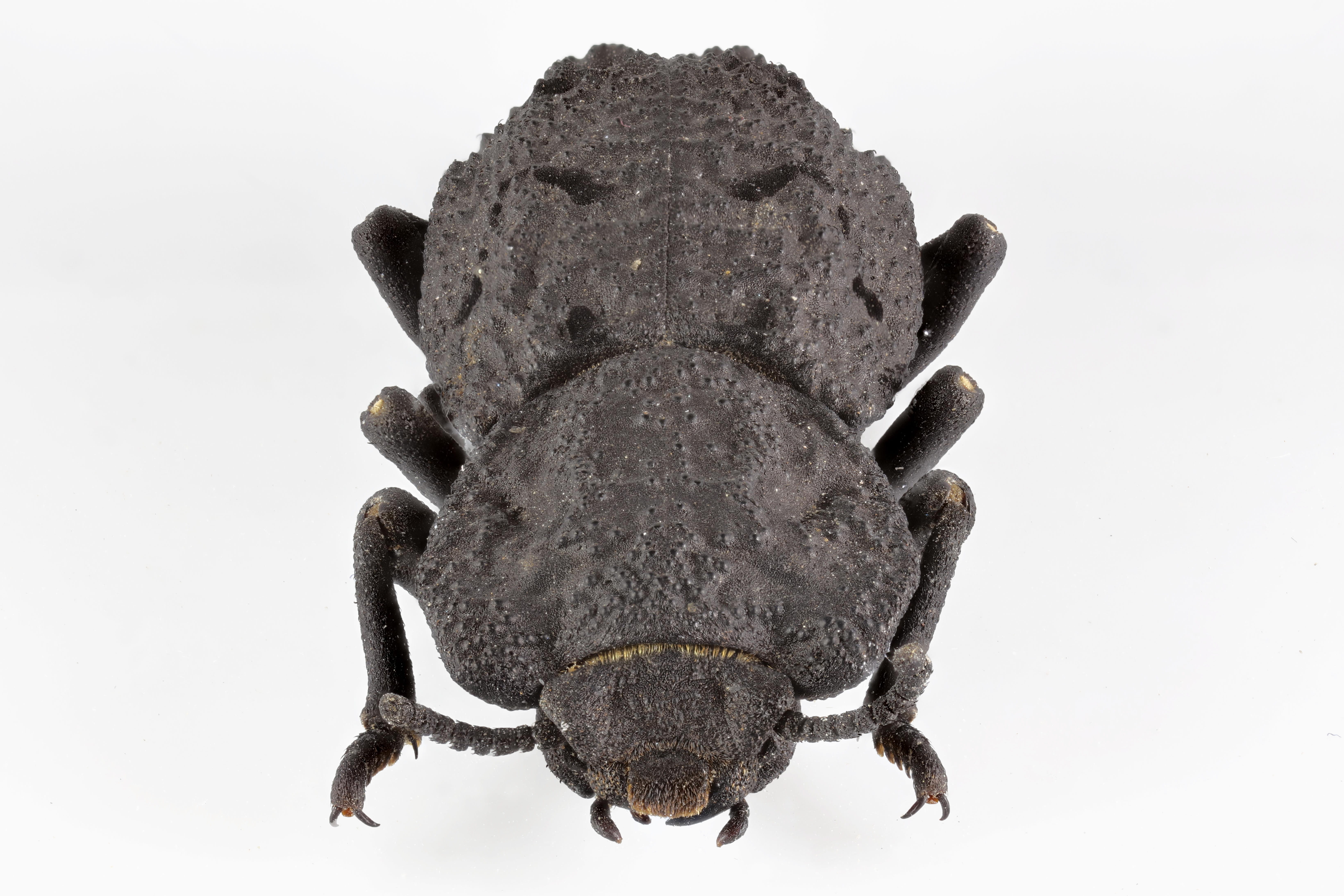UC Irvine engineers win Air Force grant to study exoskeletons of special beetles
Insect ‘blueprints’ to guide development of new defense and aerospace technologies

A team led by researchers at UC Irvine has won a $904,000 grant from the Air Force Office of Scientific Research for a four-year project to uncover the multiscale architectural features and functions of the exoskeletons of two beetle species. The goal of the work is to reveal new designs that provide robust mechanical properties while exhibiting such other characteristics as thermal stability. The group, led by David Kisailus, UCI professor of materials science and engineering, will work to translate “blueprints” from the creatures’ bodies to develop high-performance, multifunctional engineered materials useful in national defense, aerospace and other applications. In a paper published in Nature in 2020, Kisailus directed a team that revealed some of the secrets behind the otherworldly toughness of the diabolical ironclad beetle, a flightless insect native to deserts in the southwest United States and Mexico. In this newly funded AFOSR research, principal investigator Kisailus, with colleague Pablo Zavattieri, professor of civil engineering at Purdue University, will further examine the elytra, or protective forewings, of the ironclad and an airborne relative, the Japanese rhinoceros beetle.
They will combine the use of advanced, high-resolution microscopic, spectroscopic and nanomechanical analysis with computer modeling to study the nano- and microstructures and functions of the different beetles’ elytra. While the rhinoceros beetle’s elytra can open for flight, the elytra of the ironclad – which, as Kisailus’ team previously demonstrated, protect the beetle from events as extreme as being run over by a car – are fixed in place and must serve as a robust shield against strikes from predators while also enabling the insect to survive in extreme desert conditions. By acquiring high-resolution, 3D chemical and structural maps of the surface and within the beetles’ elytra, the researchers will attempt to learn how this incredible creature can not only protect itself from predators, but also stay cool in ultradry and hot environments. Beyond this, the scientists will study the proteins within these structures to understand their role in the self-assembly of these complex features. They anticipate that their efforts will reveal key blueprints to guide the design and fabrication of a new generation of human-made, multifunctional engineered structures.
“This work is highly interdisciplinary, leveraging materials science, biology and physics, combined with cutting-edge instrumentation, to reveal new design rules and provide insight as to how biological systems build these unique structures,” Kisailus said. “The research we will conduct here will lead to the development of architected materials that not only serve as high-performance structural materials, but also enable multifunctionality, which is not readily achieved in current engineered structures.” He anticipates that the research will lead to lightweight, crush- and impact-resistant materials with integrated thermal regulation capabilities for use in protective gear as well as vehicles operated on land, in the air and in outer space. Kisailus also expects the work to have a strong impact in manufacturing, automotive and aerospace sectors.